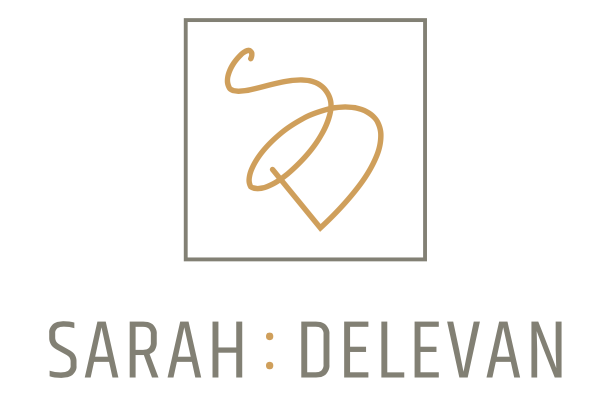It’s a tool for helping you to implement a financial strategy that will lead to financial sustainability and profitability. And I am a proponent of the strategy because it has proven to be a valuable extension to the work that I do with my clients and program members.
BUT Profit First will NOT make you financially sustainable and operating as a cash-based business overnight.
There are 4 Steps to Implementing Profit First in Your Food Business:
Understand where your business is financially right now
Identify WHERE you want to be, and by when (your financial goals)
Create a Plan for achieving those goals
Then, begin implementing Profit First cash flow strategies to assist in becoming financially sustainable, profitable, and eventually Cash-based.
Let's dig into each.
STEP 1 - Understand where your business is financially right now. We do this through a Profit Assessment
Profit First offers a Profit Assessment structure, but for Food Businesses it will look a bit different.
They refer to a category called Materials & Subs -- stands for Materials and Sub--contractors, and the items that are included in Materials must equate to 25% or more of real revenue.
For Food Businesses we eliminate “Materials & Subs” and utilize COGS - Specifically your Ingredients & Packings, Labor or Co-packing Costs AND all other COGS -- we want to see every penny that you are spending to produce and deliver your product / service to your customer. And that includes Merchant Fees, Sellers Fees, Market Fees, Shipping Costs, etc.
These costs are variable and affected by how much product you produce and sell, so we want to get VERY clear on what they are.
We also look at your Operating Expenses, current Owner’s Pay, Business Tax Savings and Profit to get a clear picture of you Business Profitability, not just your operational profitability.
The Assessment helps you to see your business finances in a whole new way, and identify what’s working, what’s not, and exactly where to focus your attention to improve your financial outcomes.
STEP 2 - Get Clear on Your Financial Goals, or what we call Your Financial Success Formula
What COGS% is going to help you maximize your Gross Profits, or as they call it in the Book your “Real Revenue”
And what % of your real revenue do you want to be able to set aside as Profit?
What Owners Pay % will help you reach your salary goal
What Tax Savings % will cover your quarterly or annual tax payments?
And What Operating Cost % is going to help you achieve financial sustainability?
These are your TARGETS. When you’re clear on your targets you can create a plan for getting there from where you are right now.
Step 3 - Create Your Roll-out Plan for Achieving these goals.
Financial sustainability comes by making incremental, meaningful changes to reach your targets in the time-frame that is right for you.
What is that time-frame? Is this an emergency financial situation?
Do you have some time to make these changes? Once you identify the time-frame you can see how your targets will change between now and then.
For example, if you are not currently paying yourself, your current allocation is 0% to Owners Pay - Your goal may be 40% of Real Revenue in 12 months. They might break down into 10% allocation increase each quarter from now until the end of the year to reach your goal.
So at the end of quarter one you’re allocating 10% to Owners Pay, at the end of Quarter 2 you’re allocating a total of 20% of Real Revenue to Owner’s Pay and so on…
Step 4 - Identifying the Strategies to Reach Your Goals
You want to take Implementation Step-by-Step based on where you can make the most financial impact, and remember it’s VERY RARE that the answer to your financial problems is ONLY to SELL MORE. You may need to increase sales but what can you do INSIDE your business - the things you have control over - to improve your financial situation?
Inside our Profit Assessment Online Course we’ve got a Roll-out Calculator And Strategy Finder to help you do this work.
When your Roll-out Plan is created, your key strategies are identified it’s time to Open Your Profit First Bank Accounts & Make Your Allocations
To learn more or to schedule a free 30 minute consult visit our website you an also find Sarah on Instagram: @sarah.delevan.consulting and LinkedIn
Join the FREE Profitable Food Business Group hosted on Mighty Networks




















